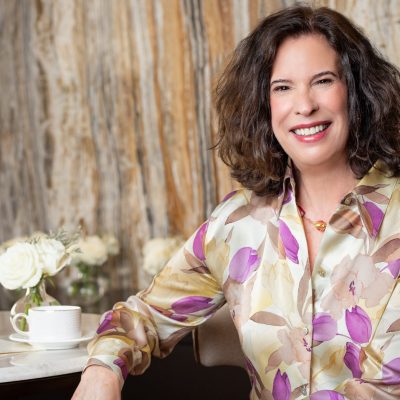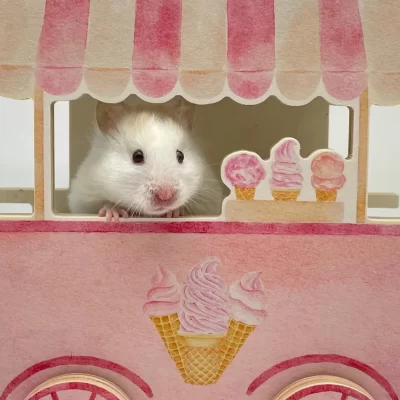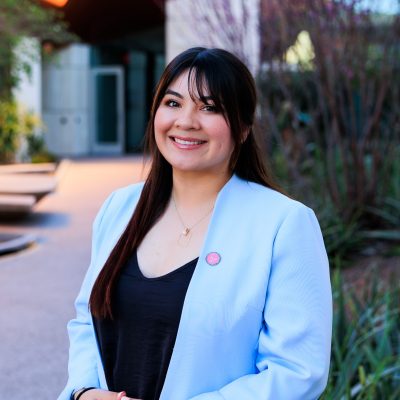Creating Culture: The Missing Piece

Arte para todos. Art for all.
That’s the ASU Art Museum’s mission. So when a half-million dollar opportunity emerged that supports diversity within the museum’s staff, it was a perfect match.
In early 2023, the ASU Art Museum, in collaboration with CALA Alliance (Celebración Artística de las Américas), was one of 10 institutions in the country selected as part of the Advancing Latinx Art in Museums initiative. This initiative is the second phase of three in the U.S. Latinx Art Visibility Fund.
Funded by the Mellon Foundation, Ford Foundation, Getty Foundation and Terra Foundation, the initiative aims to support museums and other arts organizations that have shown dedication to collecting, exhibiting and engaging with Latinx art while amplifying the voices of artists.
It comes as no surprise that ASU Art Museum and CALA Alliance were recipients of the grant. ASUAM is one of the leading voices in the country in showing how diversity, equity and inclusion can make all of us stronger. In fact, ASU graduates more first-generation students than any other university in the nation. CALA Alliance works solely with artists from the Latin American diaspora through their residency program, community engagement and artist commissions.
“We received this not because they believed in the potential; they believed in what we’ve already accomplished,” said Miki Garcia, director of ASUAM. “We have such a longstanding commitment to Latinx and Latin American art.”
What makes Latinx art unique from Latin American art is that Latinx art refers to art created by someone of Latin American origin who lives in the United States. In contrast, Latin American art is made by artists who grew up and live in Latin America.
“This is a really important distinction. Many people think Latinx art is synonymous with Latin American art. It is not,” said Alana Hernandez, CALA Alliance executive director and curator. “Latinx art is American art. I think people are finally starting to listen to that.”


Because of this lack of understanding, many of the contributions that Latinx artists have made don’t end up in museums or history books. While Latinxs make up about 19 percent of the U.S. population, Latinx art represents under 3 percent of museum exhibitions and collections.
So, there’s an entire American perspective that’s largely missing from many art museums. Latinx art hasn’t been adequately represented, partially because of a fundamental misunderstanding and miscategorization by museum directors and curators. The truth is that Latinx art often falls through the cracks.
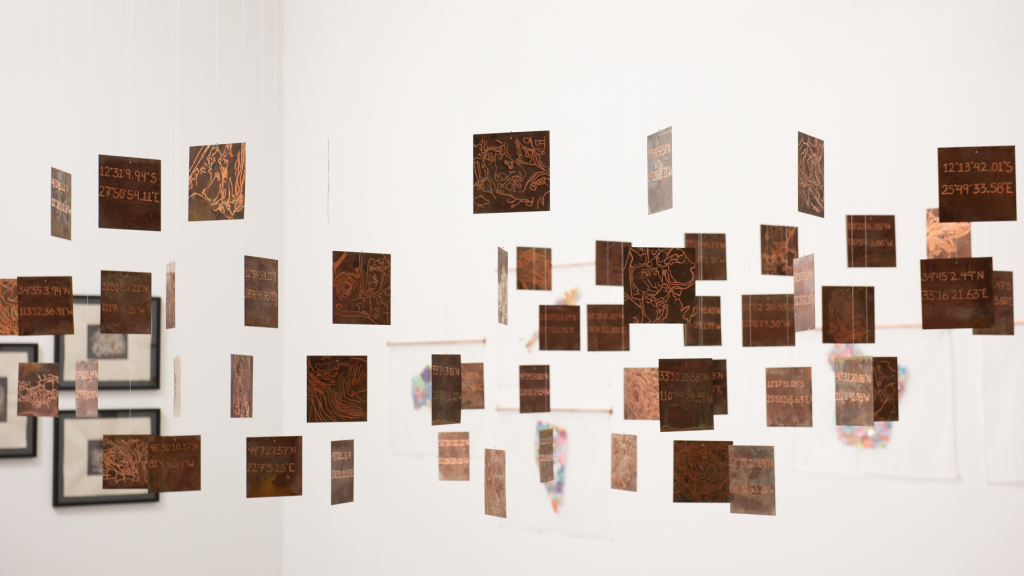

“Major art museums have not done nearly enough to center the histories of people who have been here for generations and generations, whose cultures have produced and been part of what makes America unique,” said Garcia, a fifth-generation Texan and Mexican American. “So it’s really important to have a Latinx curator out there promoting the experiences of Americans. Latino Americans.”
Each of the chosen institutions received $500,000 to create 10 permanent early- to mid-career curatorial positions with a focus on Latinx art. The five mid-career positions will promote existing curatorial staff at these institutions, while the five early-career positions will be new jobs.
Through the grant, Hernandez now holds a joint position at the ASU Art Museum as the CALA Alliance curator of Latinx art. Their partnership with the ASUAM dates back to CALA’s inception in 2010.
“It’s important that the artists we work with see that we look like them — that we have the knowledge, lived experience, work experience that speaks to many of the issues and histories that are being presented through their work and that we are active stewards of this art history,” Hernandez said. “Because art history is happening now.”
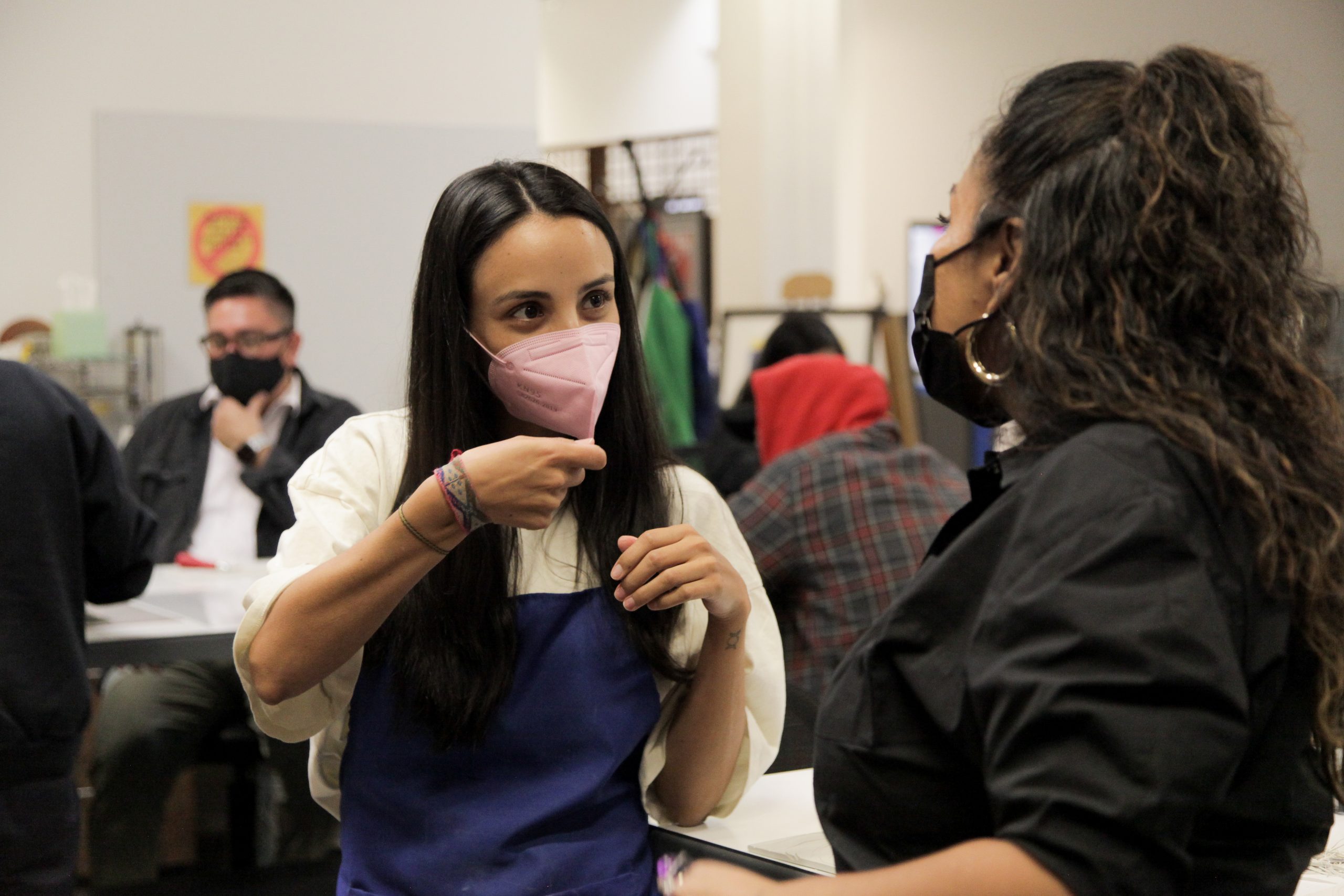

Both the present and the future of art in Arizona are exciting, with leaders like Garcia and Hernandez passionate about bringing the Latinx experience to light through art. Arizona’s myriad cultures and traditions translate into the art we see every day, from the colorful and distinctive murals of downtown Phoenix to the many art festivals held across the Valley.
Places known for their art scenes, like New York City, San Francisco and Washington, D.C., have become too expensive for many people — young and emerging artists, especially — to live in. Garcia, who has held positions in art museums throughout the country for nearly 25 years, recalls artists moving away from places like Phoenix to make their art in California or New York.
“People aren’t leaving anymore,” Garcia said. “They’re staying in their home cities like New Orleans or Detroit or Phoenix, and these cities are emerging, as these specific cultural destinations are unlike any other place.”
To learn more, go to asuartmuseum.org and calaalliance.org.



